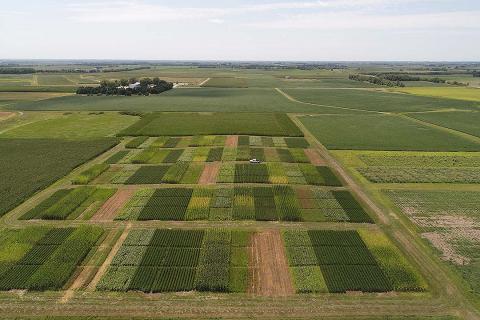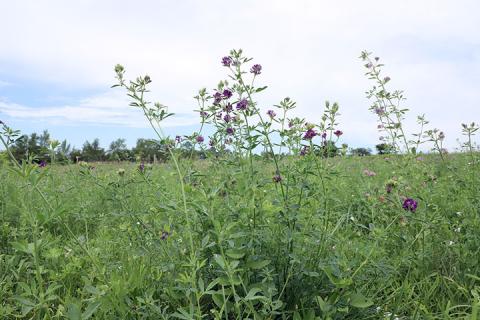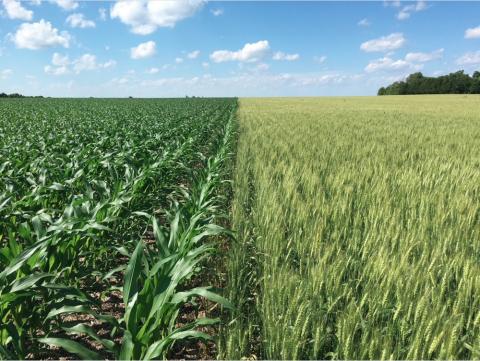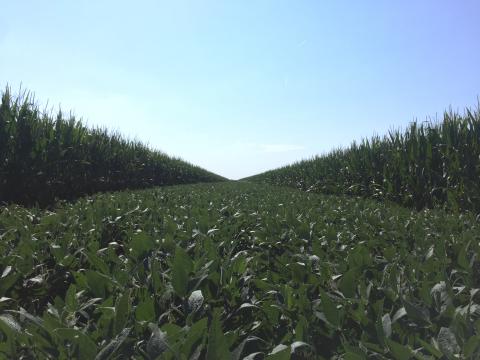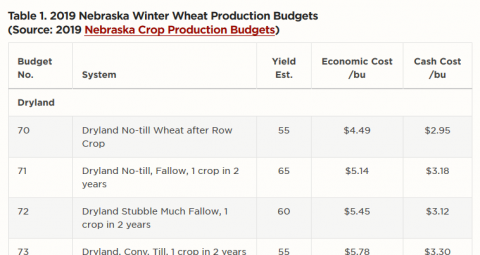This Week on N Field: Assessing Winter Cereal Grain Stands
May 2, 2024
Insights on how stand assessments can help growers determine whether a winter cereal crop should be terminated this spring.
The Soil Health Exchange: Addressing Waterlogging Issues with Soil Health Management
January 30, 2024
Fields with diverse soil types can pose distinct challenges in water management, especially under pivot irrigation. In this article, UNL experts review factors that contribute to waterlogged soil and several practices that can improve drainage issues.
More Diverse Crop Rotations Improve Yield, Yield Stability and Soil Health
October 25, 2021
Results from a long-term rainfed no-till crop rotation and nitrogen (N) fertilizer systems study, which concluded that crop rotation has more agronomic and soil benefits compared to fertilizer-N alone.
Pasture and Forage Minute: Alfalfa Weeds and Thinning Stands
March 10, 2021
In a new Pasture and Forage Minute, Todd Whitney shares tips on best spraying practices for alfalfa weeds, and Ben Beckman explains why putting off the chore of replacing alfalfa stands could be costing your operation.
Adding Winter Wheat to a Crop Rotation
September 2, 2020
Would you believe that some growers are adding winter wheat to their rotation to improve soil health? A healthy functioning soil provides numerous local ecosystem benefits including improved water quality, flood and drought mitigation.
Yield Penalties for continuous Corn and Soybean in the Midwest, US
April 8, 2020
Soybean and corn are the most commonly rotated crops in the Midwest, United States. Rotation benefits are well documented for both crops.
Study of Wheat Behind Field Peas, Chickpeas, Soybeans and Fallow
October 4, 2019
Field demonstration plots near Grant compare water availability, crop water use efficiency, yield, and other factors when wheat is planted after fallow, field peas, chickpeas, and soybeans.
Winter Wheat Crop Budgets Available for 7 Systems
August 30, 2019
Customizable winter wheat crop production budgets can be a farm management tool as you look at costs and possible cost-savings areas for the next crop.


